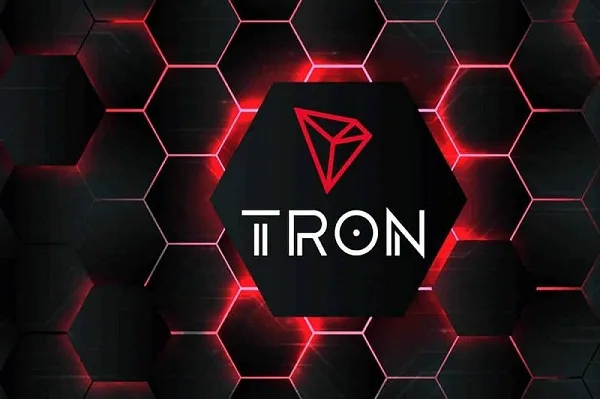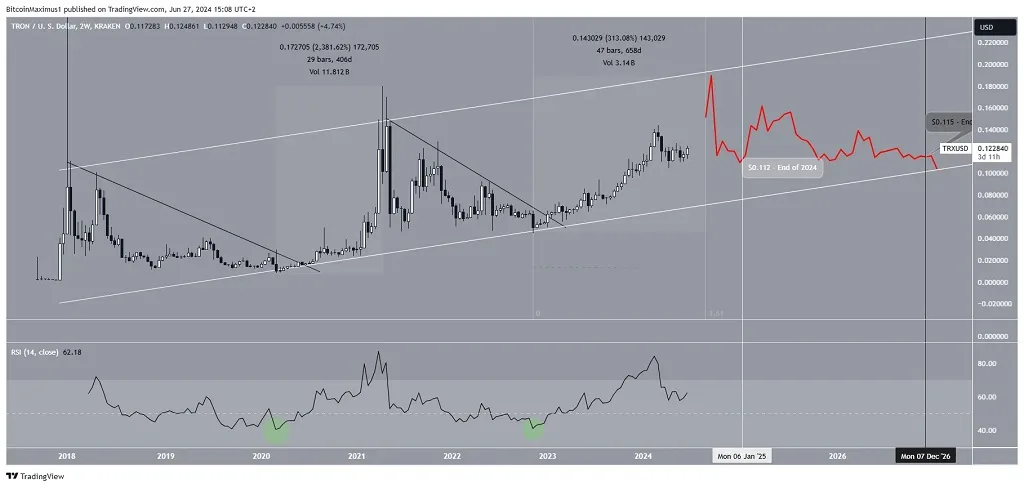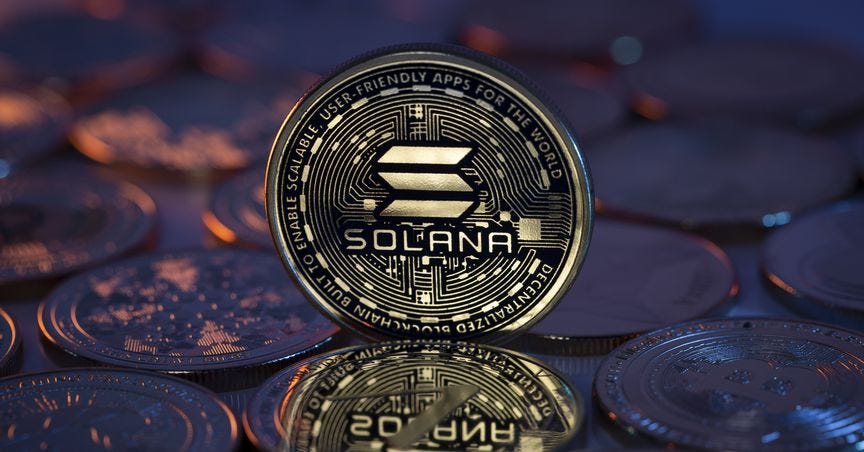
Investing in TRON: What You Need to Know About TRX Cryptocurrency
TRON is a decentralized blockchain platform launched in September 2017 by the TRON Foundation, a Singapore-based nonprofit organization. The main objective of TRON is to create a decentralized internet, where users can freely publish, store, and own data, eliminating intermediaries. The platform is designed to empower digital content creators and give them full control over their content. Since its inception, TRON has grown rapidly and now hosts a vast ecosystem of decentralized applications (DApps), smart contracts, and tokens. TRON’s native cryptocurrency, TRX, plays a crucial role in the network, serving as the primary medium of exchange within the TRON ecosystem.
TRON’s blockchain uses a Delegated Proof of Stake (DPoS) consensus mechanism, which is known for its high throughput and scalability. The platform can handle up to 2,000 transactions per second, making it one of the fastest blockchain networks available today. TRON’s growth and expansion have positioned it as a significant player in the cryptocurrency space, attracting both developers and investors alike.
How Does TRON Work and What Technology Is It Based On?
TRON operates on a three-layer architecture: the storage layer, the core layer, and the application layer. The storage layer is responsible for blockchain data and state storage, ensuring data integrity and security. The core layer handles smart contracts, account management, and consensus, using the Java programming language for smart contract development. The application layer is where developers create and deploy DApps, providing users with a wide range of decentralized services.
The platform’s use of the DPoS consensus mechanism allows TRON to achieve high transaction speeds and low costs, making it an attractive option for developers and businesses. In this system, TRON token holders vote for a set of super representatives (SRs), who are responsible for validating transactions and securing the network. This democratic approach ensures that the network remains decentralized while maintaining high performance. Additionally, TRON’s compatibility with the Ethereum Virtual Machine (EVM) allows for the seamless migration of Ethereum-based DApps to the TRON network, further enhancing its utility and appeal.
On Which Exchanges Is TRON Listed?
TRON’s native cryptocurrency, TRX, is widely available on numerous major cryptocurrency exchanges. Some of the most prominent platforms where TRX can be traded include Binance, Huobi Global, and OKX. These exchanges offer various trading pairs, including TRX/USD, TRX/BTC, and TRX/ETH, providing ample liquidity for traders and investors.
Binance, one of the largest cryptocurrency exchanges by trading volume, supports TRX trading across multiple pairs and offers advanced trading features such as futures and margin trading. Huobi Global also lists TRX and provides a wide range of trading options, including spot trading, margin trading, and staking services. OKX, known for its comprehensive suite of financial products, offers TRX trading along with derivative products like options and futures.
In addition to these exchanges, TRX is available on other platforms such as Bitfinex, Bittrex, and KuCoin, making it accessible to a global audience. The widespread availability of TRX on these exchanges ensures that it remains a highly liquid asset, with plenty of opportunities for trading and investment.

Is It Worth Investing in TRON?
Investing in TRON presents both opportunities and risks, as with any cryptocurrency. TRON’s strong technological foundation, high transaction throughput, and growing ecosystem of DApps make it an attractive investment for those looking to capitalize on the growth of decentralized platforms. The platform’s focus on digital content and its ability to process large volumes of transactions quickly and efficiently add to its appeal.
However, potential investors should also be aware of the risks involved. The cryptocurrency market is highly volatile, and TRON is no exception. Market fluctuations can lead to significant price changes in a short period, making it essential for investors to carefully consider their risk tolerance before investing. Additionally, while TRON has a strong community and developer support, it faces competition from other blockchain platforms such as Ethereum and Binance Smart Chain, which could impact its market position in the long term.
Overall, TRON could be a worthwhile investment for those who believe in the future of decentralized internet and digital content. Its innovative technology and growing ecosystem provide a solid foundation for potential growth. However, as with any investment, it is crucial to conduct thorough research and consider both the potential rewards and risks before making a decision.
How Much Should You Invest in TRON?
Determining the amount to invest in TRON depends on various factors, including your financial situation, investment goals, and risk tolerance. It is generally recommended to start with a small amount that you can afford to lose, especially given the volatile nature of cryptocurrencies. Diversifying your investment portfolio by including a mix of different assets can also help manage risk.
For those new to cryptocurrency investing, allocating a small percentage of your portfolio to TRON can be a prudent strategy. This allows you to gain exposure to the potential growth of the platform while minimizing risk. More experienced investors may choose to allocate a larger portion of their portfolio to TRON, particularly if they have a strong belief in the platform’s long-term potential.
Regardless of the amount you decide to invest, it is essential to stay informed about market trends and developments within the TRON ecosystem. Keeping up with news and updates can help you make informed decisions and adjust your investment strategy as needed. Remember, the key to successful investing is careful planning, diversification, and ongoing education.


